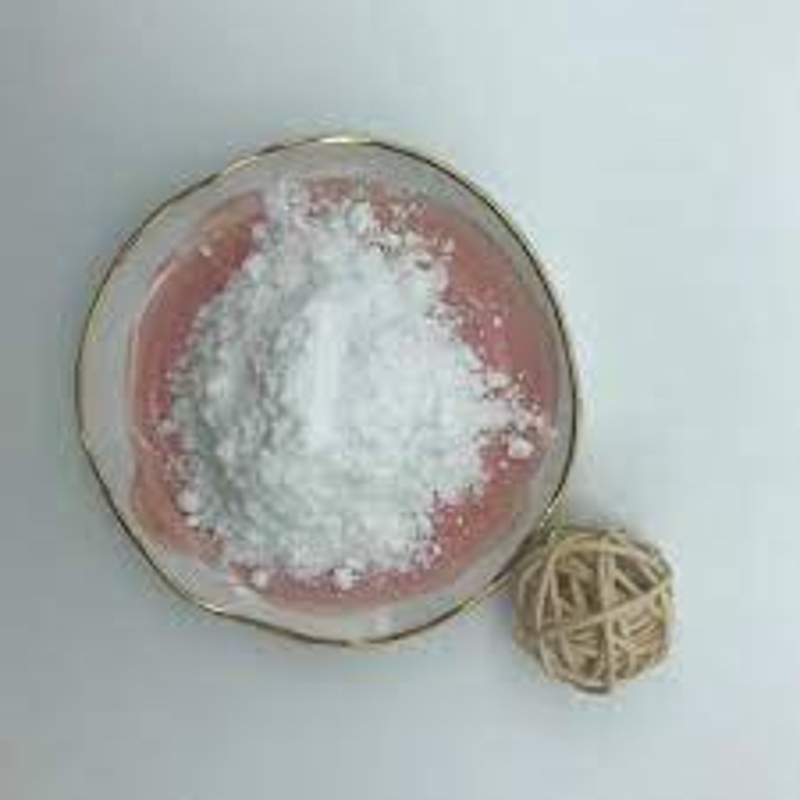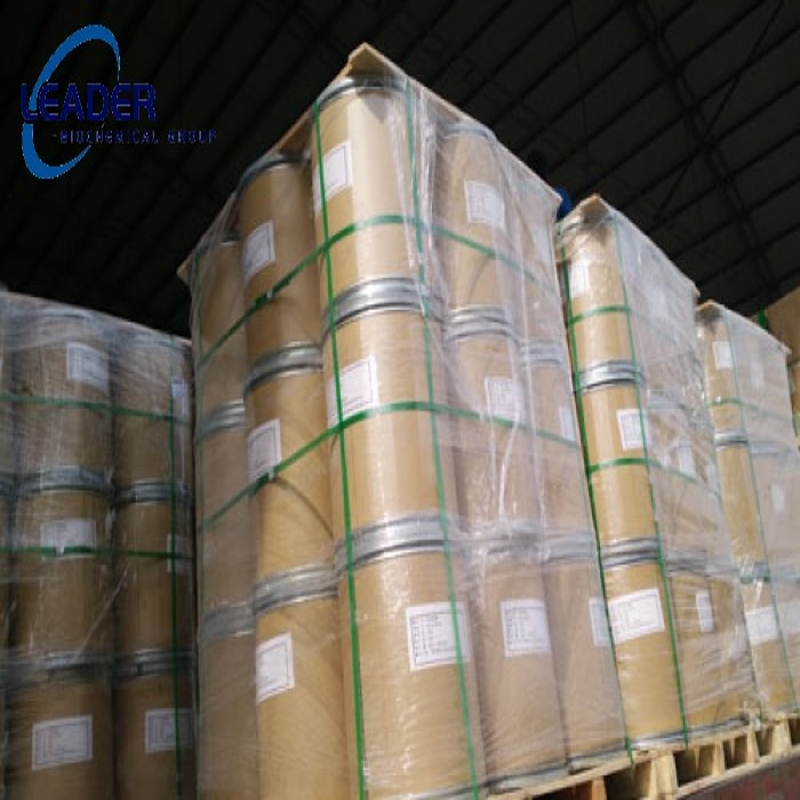-
Categories
-
Pharmaceutical Intermediates
-
Active Pharmaceutical Ingredients
-
Food Additives
- Industrial Coatings
- Agrochemicals
- Dyes and Pigments
- Surfactant
- Flavors and Fragrances
- Chemical Reagents
- Catalyst and Auxiliary
- Natural Products
- Inorganic Chemistry
-
Organic Chemistry
-
Biochemical Engineering
- Analytical Chemistry
-
Cosmetic Ingredient
- Water Treatment Chemical
-
Pharmaceutical Intermediates
Promotion
ECHEMI Mall
Wholesale
Weekly Price
Exhibition
News
-
Trade Service
Use as soon as possible after opening is a major prerequisite
for preserving baking ingredients.
Some foods only have a one-day shelf life, and even if they are stored correctly, it is impossible to completely prevent food from spoiling
.
Spoilage of raw materials may lead to failure in making snacks and bread, so use as soon as possible after opening the package
.
cheese
Cheese is stored sealed in the refrigerator, and when stored in poor conditions, the taste of the cheese will decrease, or mold will occur
.
Refrigeration is the foundation
Refrigeration is the basic method of
cheese preservation.
Refrigeration at 5°C to 10°C and humidity of 80%-85% is the best environment
for cheese.
It is recommended to store
in a fresh room with high humidity.
When stored frozen, the quality decreases when thawed, resulting in a worse
taste.
Cream cheese and mascarpen, in particular, contain a lot of moisture, and when frozen, the quality and taste change
.
Processed high-melting cheese or high-melting cheese for bread, which can be preserved
frozen.
Be careful not to overdo it
To protect the cheese from drying out, wrap it in sterilized packaging and store it in an airtight container or wrap it in plastic wrap
.
Moisture is responsible for mold
Cheese is prone to mold, and moisture is the most likely factor
to cause mildew.
So when cutting cheese, avoid using wet knives or unsterilized cutting plates
.
The tools used and the utensils that come into contact should be disinfected and kept clean while avoiding the presence of moisture that could contaminate
them.
Also, if the cheese comes into contact with moisture, wipe it with a dry cleaning cloth and then wrap it in a sterilized package and refrigerate
.
Check regularly, and if the cheese comes out of the water, wipe the moisture with a dry cleaning cloth as well, and then wrap it in new plastic wrap
.
Do not store near materials with a strong odor
Cheese tends to absorb odors, so don't go near smells
.
Keep in an airtight container as much as possible to prevent cross-flavoring
.
vanilla
Vanilla pods are sealed
in a cool, dry place.
Keep vanilla sauce in a cool, dry place
.
Vanilla essential oil is stored in the refrigerator
.
Special attention should be paid to the fact that when vanilla pods, vanilla paste, vanilla essential oils go bad, the taste will decrease
.
Vanilla pods
Store vanilla pods in a cool, dry place to prevent moisture
.
To prevent flavor deterioration, store in an airtight container as much as possible
.
When stored in the refrigerator, spots and crystals may appear on the surface, but this is caused by vanilla ingredients, and there is no harm to the body, so do not care
.
For long-term storage, it can also be frozen, keeping it sealed and storing it at room temperature
.
Vanilla sauce
Store the vanilla sauce in a cool, dry place
.
When stored in the refrigerator, drying may make it spoil or hardened and unusable
.
In summer, the temperature varies greatly, store in a place with a low temperature, and be sure to tighten the
lid if keeping in the fresh room or refrigerator door of the refrigerator.
vanilla extract
Vanilla extract is sensitive to temperature differences, so store it in the refrigerator to maintain a constant temperature, such as the fresh room of the refrigerator or the refrigerator door
.
In addition, storage in the refrigerator can also inhibit the proliferation
of bacteria.
chocolate
The chocolate is sealed in a cool, dry place, and if the chocolate is not stored properly, the taste will be noticeably reduced
.
Store at room temperature except in summer
The appropriate temperature for storing chocolate is 15°C-22°C
.
Chocolate that is not very sensitive to temperature differences is usually recommended to be stored
at room temperature.
Store in a cool, dry environment
with low humidity and low temperatures.
If it is a chocolate plug-in for pastry, it is recommended to keep it at a constant temperature in a constant temperature cabinet at about 17 °C
.
In summer, when the temperature rises, the chocolate should be stored in a place where the temperature in the fresh room is relatively low or in a constant temperature cabinet, and kept dry
.
Hermetically sealed storage prevents oxidation
Chocolate that contains a lot of cocoa butter is characterized
by its vulnerability to changes in humidity.
At the same time, oxidation also starts from the moment of contact with air, so it is stored in a sealed container or vacuum packaging
.
Matcha powder
It is recommended to keep it sealed in the refrigerator, if the storage conditions are poor, it may fade and deteriorate
.
Other similar black tea powders can be found in the preservation method
of matcha powder.
Avoid humidity and heat
Matcha is sensitive to heat, humidity, and light, which may impair taste or fade.
Even unopened ones need to be carefully protected from high temperatures, avoid direct sunlight, and stored in the
refrigerator.
Because of sensitivity to light, avoid using transparent containers, such as light-transmitting bento boxes and clear glass reservoirs with buckles, and use containers that can shade the light
.
Alternatively, open matcha bags can be sealed with airtight clips (bags and jars that sell fashion matcha are generally shaded, and these packages can be kept for use
).
Do not store near materials with a strong odor
Matcha is easy to absorb odors, itself is also a strong smell material, not only should not be close to other strong smelling materials, but also do not affect other materials affected by its smell
.
Keep tightly sealed to avoid cross-flavoring
.
Cocoa powder
Cocoa powder is suitable for sealing in a cool and dry place, and cocoa powder is relatively less sensitive
to temperature changes.
Avoid humid and high temperature environments
Cocoa powder is insensitive to temperature changes, but it is susceptible to moisture, so it is not recommended to store
it in the refrigerator.
Avoid direct sunlight and choose a cool and dry place for sealed storage
.
Do not store near materials with a strong odor
Cocoa powder easily adsorbs odors, so do not go near objects
with strong odors.
Pests love cocoa powder
Store in an airtight container to protect the cocoa from pests
.
Since small insects may enter through a small gap, it is recommended to keep
it sealed.
nut
Nuts are sealed in a cool, dry place, and if the nuts are stored incorrectly, the nuts will develop an oil-draining smell and the taste will decrease.
Avoid contact with moisture and oxygen
Since nuts are sensitive to humidity, they are not suitable for storage at room temperature and exposed to air
.
In addition, it is also oxidized by oxygen in the air, resulting in the smell
of fuel consumption.
In order to avoid these, it is recommended to use a zipper lock or vacuum packaging, and seal and preserve, it is recommended to seal it best
after vacuuming.
Take care to avoid high temperatures and direct sunlight
The recommended storage temperature for nuts is 10°C-14°C
.
It is best to store in a cool, dry place to avoid direct sunlight
.
In summer, when the temperature rises, store in a place with a low temperature, such as the fresh room of the refrigerator or on the
refrigerator door.
Can be stored frozen
The taste may drop slightly, but cryoppreservation is fine
.
Seal and freeze
properly as usual preservation methods.
dried fruit
Dried fruits should be kept sealed in the refrigerator, if stored in the wrong way, mold will occur and the texture will change
.
Store in the refrigerator
Depending on the dried fruit, it can be stored at room temperature, but it is safe
to store in the refrigerator.
Avoid in a damp fresh room
.
Hermetically sealed storage prevents oxidation
Oxidation begins the moment of contact with air, so dried fruits are also stored in airtight containers or vacuum packaging
.
Cryopreservation is not recommended
When dried fruit is frozen, the fibers of the fruit break when thawed
.
Cryopreservation is not recommended as the original flavor and texture will be damaged
if the fiber breaks.
Gillidin
Gelatin, also known as gelatin, has gelatin powder and gelatin tablets
.
It is recommended to seal and store in a cool and dry place, if it is not stored correctly, it may deteriorate and become unusable
.
Keep in a cool, dry place
Gelatin powder/gelatin tablets are not resistant to high temperature and humidity, and need to be stored in a cool, dry place
.
In addition, when exposed to ultraviolet rays, it will deteriorate into insoluble, and direct sunlight is strictly prohibited
.
Do not save it in a new cabinet
New cabinets may contain large amounts of organic solvents, which become insoluble when gelatin powder/gelatin tablets come into contact with formaldehyde gas in these organic solvents
.
Finally, it is also important to choose a container for storing raw materials, try to choose a container with good moisture-proof effect of the sealed box, according to different materials, choose a transparent or opaque container, to ensure the best environment, so that the raw materials are not lost, and at the same time let the baked food have the best state
.
(Medium Bakery)
China Food News(November 28, 2022, Version 05)







